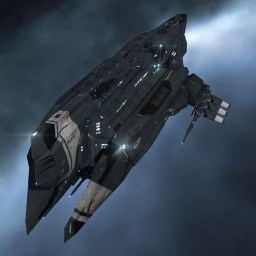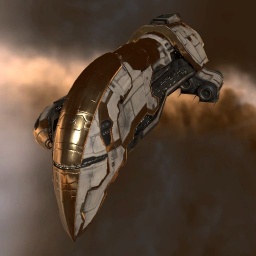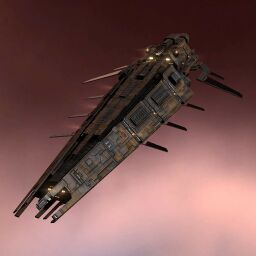Tau.Neutrino said:
AwesomeO said:
Tau.Neutrino said:
I wonder what the ideal spaceship shape is?
One that efficiently packages engines, fuel, sensors and weapons. No point in up, down etc, they would be made in space so manufacturing methods would have a say. Internal navigation about the ship would probably require a plan that humans can work with so makes sense to have a single place and a front and back.
A spheroid spaceship that can use engines from multiple positions around itself.
defensive avoidance of any asteroids that want to get in the way or enemy weapons fire
I’ve only come up with very few ideas relating to ideal spacecraft shape.
1. The propulsion system has to either have all its fuel inside (eg. antimatter), or collect fuel from space (eg. ramscoop). In both cases, the engine has to be as far away from the passengers as possible. For human-made starships we can see this in the design for Pioneer II, Voyager 1 and 2, and to a lesser extent in New Horizons and the ISS. In fictional craft we can see it in the Tie fighter, X-wing, Star Trek Enterprise, and others; each of those three have a configuration consistent with a ramscoop, though not optimised for a ramscoop. For onboard fuel we see it in Discovery 1 from 2001 a Space Odyssey and elsewhere.
When the craft is large enough, for example the Death Star, the propulsion source can be far enough away from the population just by being in the centre. The ring in Halo is not particularly consistent with this principle.
2. Any gravity could only be created by spin. Artificial gravity produced any other way is either a myth or a very bad idea (eg. numerous black holes).
Gravity is not an essential, and should never be as strong as 1 g. But small amounts of gravity from spin comes in useful, particularly for house-cleaning. Some of those spacecraft shapes are consistent with spin. Some are not.
The other reason for spin is to even out heating loads from stellar radiation in the vicinity of a star. In Apollo it was called “barbecue mode”.
3. For slow spacecraft, below 30 km/s or so, aerodynamics is irrelevant, so the shape can be arbitrarily nasty, like the ISS or the Reaper. At anything approaching the speed of light, running into a small object at that speed becomes a major problem, so an aerodynamic design is indicated, long and thin.
4. Duplication to allow for major components to be shut down for maintenance without disastrously affecting performance. We can see engine duplication in, for example, the Tie fighter, X-wing and Enterprise.
Not much to go on, I know, but enough to knock out some of the fictional starship designs. So the ideal design would be long an thin craft, with two engines each with nothing in front of them to act as scoops, with allowance for spin along some axis.
Oh no. That would be something like this, from Austin Powers.









